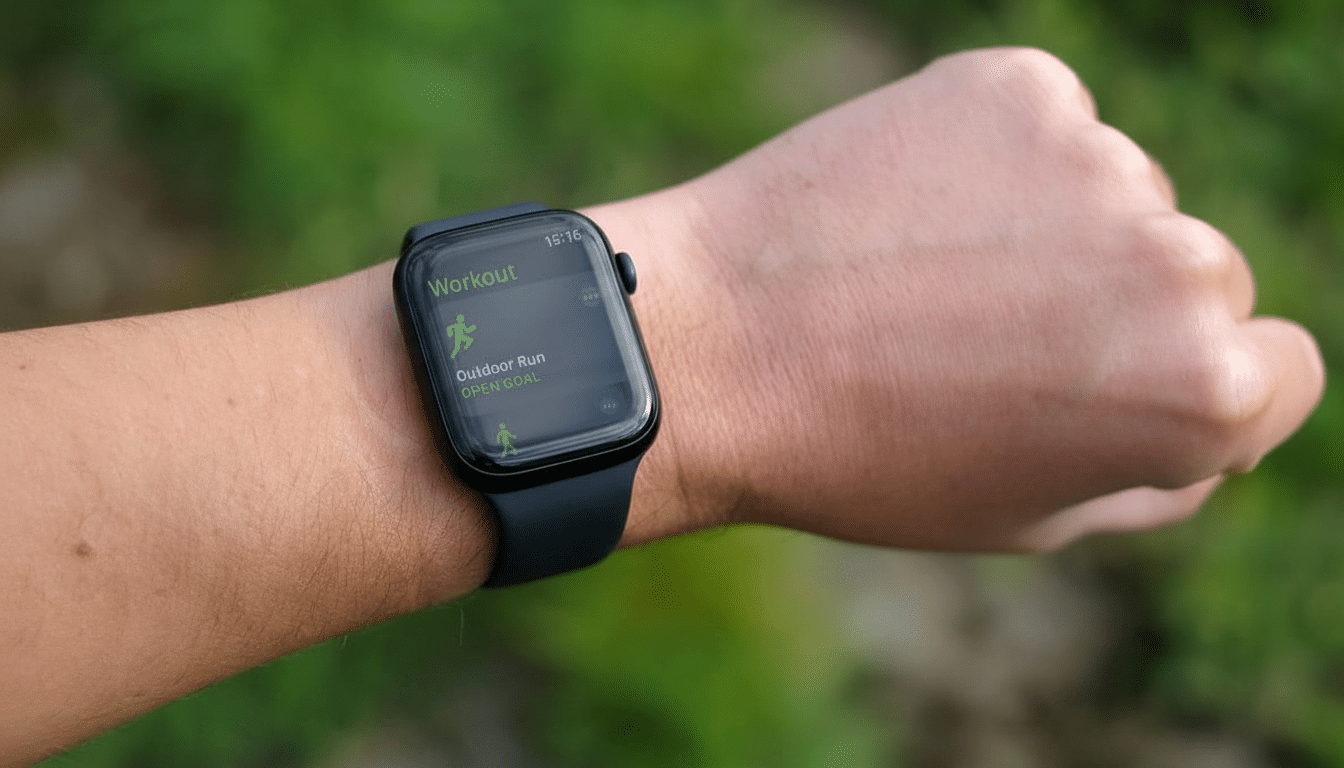The epicenter of fitness tracking is moving from the wrist to the ear. Put some kind of native in‑ear heart rate sensing in AirPods Pro 3, release tighter Health and Fitness app integration, and they might just inherit the one job that currently keeps my Apple Watch on my wrist: reliable workout tracking.
I’ve been wearing the Watch for years, but primarily at the gym and as a sleep tracker. The rest — notifications, apps, complications — feels cluttered. The potential of earbuds that do music, noise cancellation, calls, and basic fitness metrics is tempting me to simplify already.

Heart rate in-ear: The good piece in the picture
Wrist-based optical sensors are convenient, but they often struggle during high‑intensity intervals or when the band moves around on sweaty skin. Harvard Health Publishing has pointed out that optical wrist monitors can drift in the presence of movement, a nuisance that anyone who sprints or lifts will recognize.
In contrast, the ear is a great location for PPG. Peer-reviewed studies published in the Journal of Biomedical Optics have determined that the ear canal provides a stronger, more motion-resilient signal than the wrist, and academic groups have shown again and again that accurate heart rate, even blood-oxygen levels, can be derived from earbud-style sensors. In practice, that might mean more consisten tracking while I’m doing kettlebell swings, rowing, or interval runs—right when I want pinpoint timing feedback.
Previous efforts — fitness-focused earbuds from Jabra and others — proved the concept but tripped over ecosystem friction and data silos. If AirPods Pro 3 can pull heart rate and write it straight to Apple Health, while Fitness app reads that and turns it into meaningful calories, zones, and trends, it just works, instead of us just having to try to make it work.
Fewer devices, less friction
There’s a lot less to remember for habit development. Charge, clean and pack one item rather than two. I already wear earbuds for every session; it those same earbuds that track heart rate, time and exertion, I’m no longer juggling a watch strap and additional overnight charger.
There’s also redundancy to consider. My iPhone also has crucial safety features covered, including through emergency SOS and crash detection, and already it can fill up the Move ring via the Fitness app. For a lot of gym‑first uses — where the phone stays locked away in a locker or on a shelf on the treadmill — AirPods plus iPhone is all I need to capture the workout I care about, without wristwear overhead.
Audio-first coaching that works
Coaching is most effective when it is instant and subtle. Another is a built‑in one: Earbuds can give me instant pace feedback, show me my current heart rate zone and talk me through intervals without requiring me to check a tiny screen. Studies out of the University of California, Irvine have demonstrated how constant visual disturbances can elevate stress and diminish focus; audio cues allow me to keep me eyes forward and my form consistent.”

Factor in smarter on‑device guidance (like nudging recovery, intensity or reps based on your historical performance) and earbuds evolve from being a sensor to providing coaching. It’s just that sort of small, contextually-aware feedback that makes the difference between logging a workout and learning from one.
Where the Watch still wins
None of this renders the Apple Watch obsolete. It’s still the better tool for ongoing, background health monitoring: irregular rhythm notifications, ECG readings approved by the F.D.A., blood oxygen (on select models), fall detection, and long‑run GPS without a phone. The Stanford Apple Heart Study highlighted the watch’s ability to detect atrial fibrillation—a feat that earbuds may not match in scale for some time to come.
Battery dynamics also matter. Earbuds generally break down before you get a few hours of constant noise-cancelling use out of them. That’s fine for a strength session or a 10K, but an all‑day hike or marathon will still prefer to lean on a watch combined with a chest strap for rock-solid heart rate.
The bigger wearable shift
Ear‑wear from all vendors surpassed total smartwatch deliveries in unit volume terms, according to analysts IDC. Adoption follows when health features move to the product most people already wear for hours every day. Apple has been inching AirPods closer to wellness with things like Conversation Boost and hearing health notifications; bringing core fitness metrics closer to your ear is a reasonable next step.
Imagine for a large segment of its customer base — let people who are largely interested in calories burned, heart rate and time in zone — AirPods Pro 3 plus the iPhone is all they would need to work out. It trims the hardware without trimming the results.
That’s where I land. For my lifting, cycling and brisk walks, the earbuds made it possible for me to keep the Watch on the nightstand without losing what’s most important. I’ll still grab the Watch for long, phone-free outings or when I need uninterrupted health readings. But if AirPods Pro 3 do provide true in‑ear tracking and smarter coaching, the ear, not the wrist, is my default.

